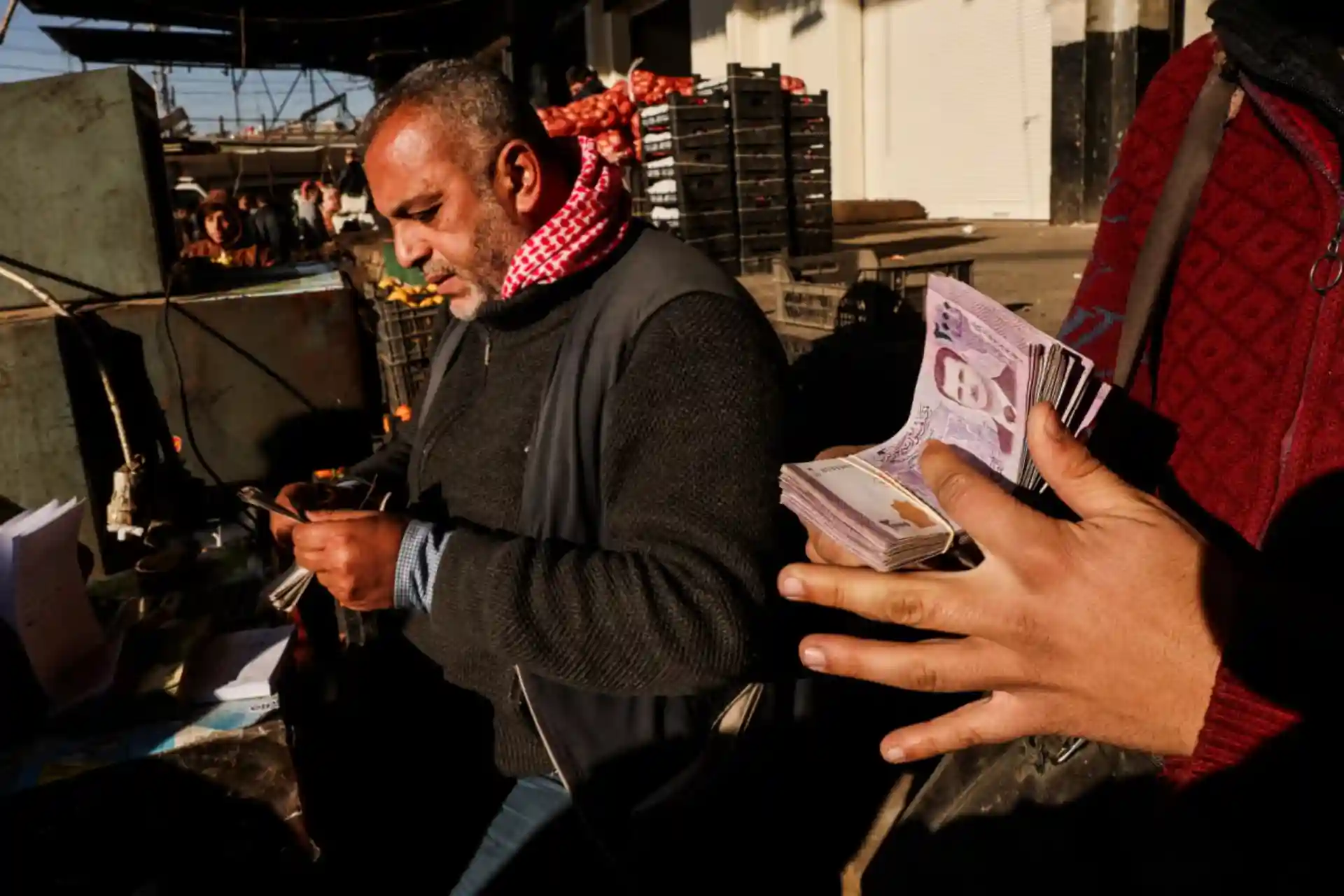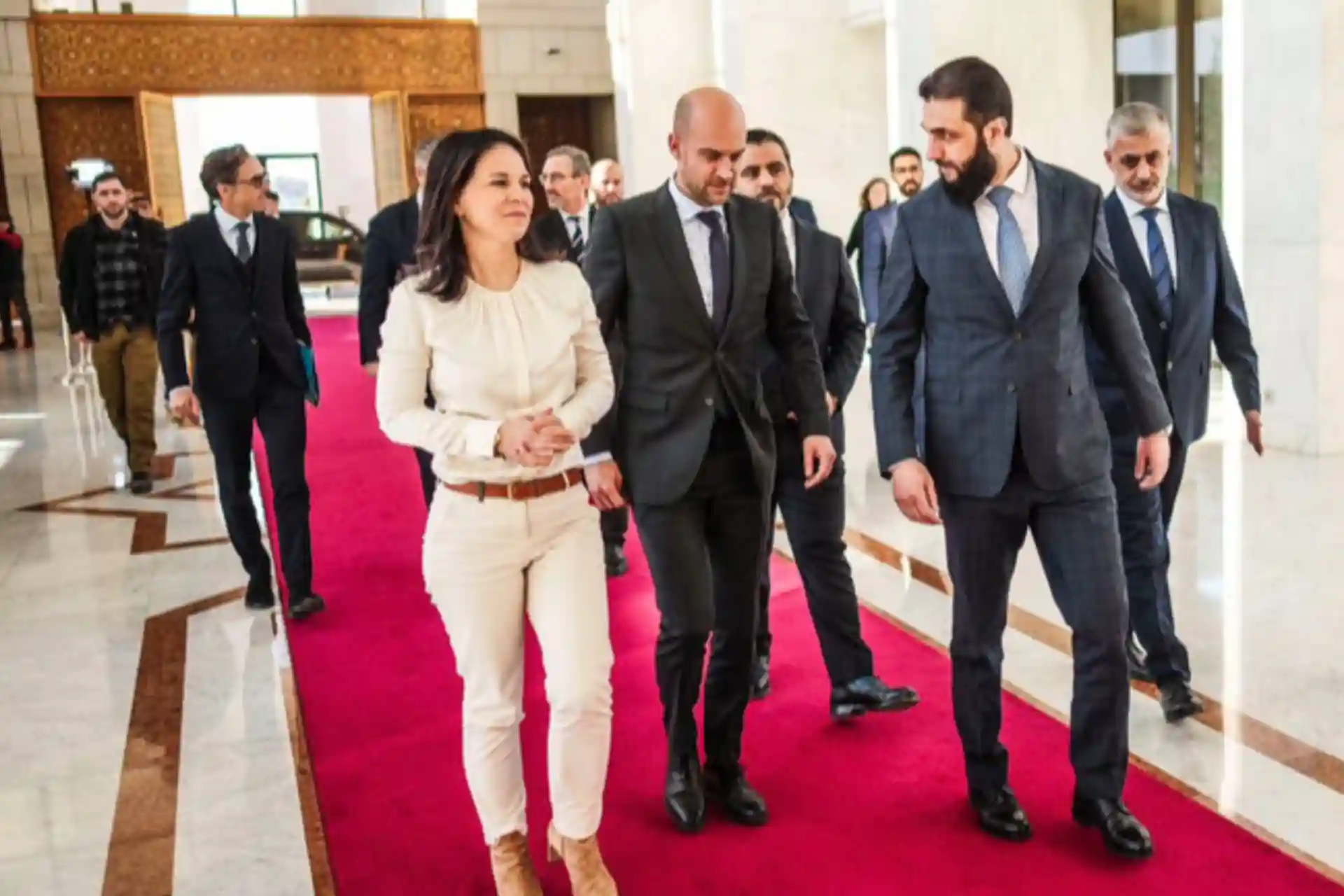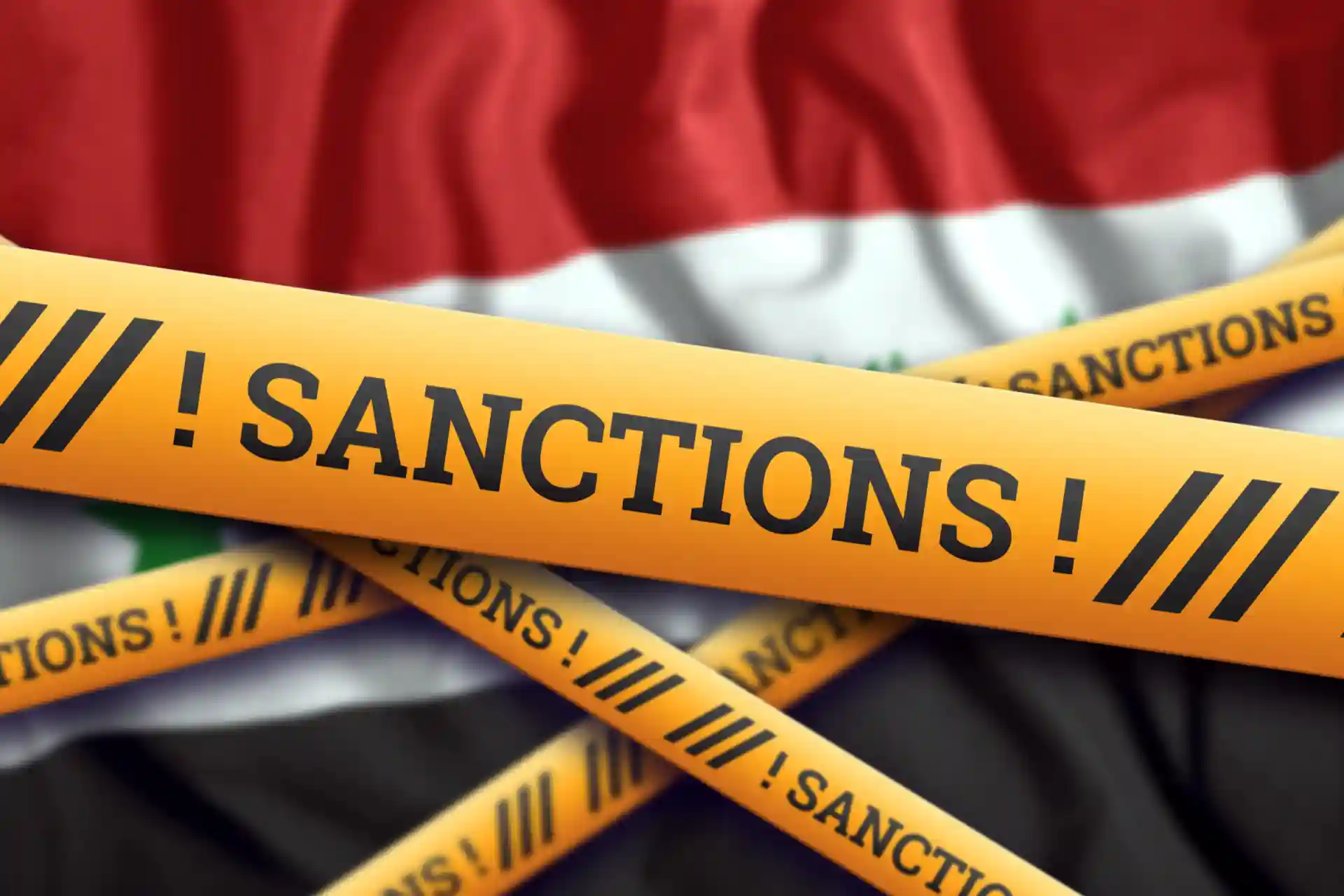Analysis: How have the Syrian civil war and sanctions affected the economy?
Syria's economy has been devastated by more than a decade of civil war and sanctions that have cut it off from the global financial system. This article provides an overview of the current state of the Syrian economy and how the conflict has changed trade and public finances.
What is the state of the Syrian economy?
According to official Syrian data released in the spring of 2024, the country's economy more than doubled between 2010 and 2021. However , the World Bank has warned that this figure may be an underestimate. Its own estimates, based on unreliable data, suggest that overall economic activity shrank by 84 percent between 2010 and 2023 .
The World Bank reclassified Syria as a low-income country in 2018. UN agencies have recorded that more than 90 percent of the 23 million Syrians live below the poverty line .
According to the World Bank, Syria's economy was worth $23.63 billion in 2022 - roughly the same size as Albania and Armenia, each with a population of less than three million .
What happened to the Syrian currency?
Syria's economic crisis deepened in 2019 when neighboring Lebanon plunged into crisis. Syria then introduced multiple exchange rates for various transactions to ensure access to limited hard currency. After the new government came to power in December, the Central Bank officially promised to introduce a single exchange rate.
The official rate was 13,065, according to the central bank on Monday. That's a sharp increase from around 47 to the dollar in March 2011. That's because the country is engulfed in civil war. The Karam Shaar Advisory website showed that black market rates had risen to 22,000 around the time Assad fell, but were down to 12,800 on Monday.
The new government has appointed Maysaa Sabrine as the head of the Central Bank, making her the first female head in the bank's more than 70-year history.
What are the current reserves of the central bank?
The new leadership is working to determine what is left in the state treasury .
Interim Prime Minister Mohamed al-Bashir has said foreign currency reserves are very low. Sources told Reuters that the central bank has about $200 million left in its coffers, as well as 26 tons of gold worth $2.2 billion at current market prices.
This is significantly lower than the reserves of $18.5 billion estimated by the IMF in 2010, and three months of import coverage was considered a minimum safe limit.
Western governments have frozen hundreds of millions of dollars worth of Syrian assets since the war began, but their exact size and location are unknown.
For example, the Swiss government said it currently has 99 million Swiss francs ($112 million) worth of frozen Syrian assets in the country, while the Syria Report newsletter estimated that Britain had frozen assets worth 163.2 million pounds ($205.76 million) in April .
Meanwhile, Western governments have allowed Syria to use frozen funds for humanitarian purposes such as medicine and food. In turn, the new government has announced plans to release up to $400 million from assets frozen abroad to help finance some reforms. In particular, it plans to increase the salaries of some public sector employees by 400 percent next month.
How did the war and sanctions affect trade and the economy?
According to the World Bank, a decline in oil and tourism revenues has reduced Syria's exports from $18.4 billion in 2010 to $1.8 billion in 2021. Imports have also declined, but by a smaller margin - from $22.7 billion to $6.5 billion, as imports were mainly dependent on fuel and food products.
Experts say that the economic contraction during the civil war and other factors put pressure on the state's financial system , forcing it to pay for some imports with illicit cash from the sale of amphetamine-like psychotropic substances or fuel smuggling .
According to the World Bank, the production of the synthetic drug " Captagon " in particular has become the most valuable economic sector, and the total market value of this substance from Syria is estimated to have reached $5.6 billion .
What are the energy problems?
In 2010, Syria exported 380,000 barrels per day ( bpd ) of oil. This source of hard currency revenue disappeared with the outbreak of conflict in 2011. Various groups, including ISIS and Kurdish fighters, seized oil fields, and the Kurds signed contracts with US companies. Sanctions made legitimate exports difficult.
This loss leaves Syria largely dependent on its allies for energy imports. To Russia and Iran Horizon Engage x avf-risk assessment consulting company Senior sanctions adviser Rachel Zimba said Syria has been deprived of an estimated 1-3 million barrels of fuel per month from Iran since Tehran cut off aid in late December .
He added that the lack of access to international banks due to sanctions and the designation of the leading rebel group, Hayat Tahrir al-Sham (HTS), as a terrorist organization is complicating commercial fuel purchases.
How has agriculture been affected?
Conflict and drought have reduced the number of farmers, damaged irrigation systems, and limited access to seeds and fertilizers .
Agricultural production fell to record lows in 2021 and 2022, with wheat production alone falling from four million tons per year before the war to one million tons.
Syria used to import about a million tons of grain from Russia annually, but that stopped after the new government took control . Ukraine has said it is ready to supply, but it is unclear how Syria will pay for it.



